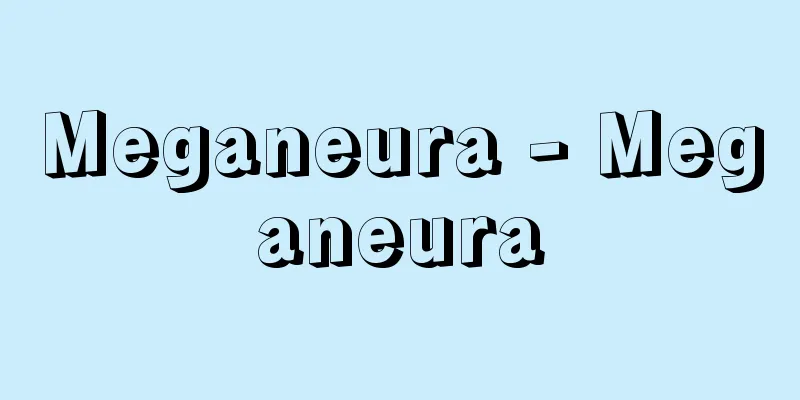Eland - Eland (English spelling)

|
It is also called the eland or the big eland. It is found in eastern and southern Africa, living on open plains and sparse shrubland. It stands 1.7-1.78 meters tall at the shoulder and weighs 590-680 kilograms. It has straight horns that twist twice, and are shared by both sexes. Male horns are 74 centimeters long, sometimes reaching 110.5 centimeters, while female horns are smaller. Its body is yellowish brown or reddish brown, with white horizontal stripes on its torso. It usually lives in herds of 25-70, but occasionally up to 200, with one or two mature males. Its main diet is leaves, and it uses its horns to push aside the branches of shrubs to pick leaves that it likes. It also eats fruits such as wild melons, and underground stems. It is highly dependent on water, visiting watering places at night or early in the morning, and migrating during the dry season. They are light for their weight and are known to jump 2.4 meters. The gestation period is 255-270 days, and they give birth to one baby around August. They have a gentle disposition and are easy to tame, so there are attempts to domesticate them. A similar species is the giant eland T. derbianus (shoulder height 1.75 meters, weight 450-900 kg), the largest of the antelopes, which is found in western and central Africa. Their habits are similar to those of the eland, and they usually live in groups of 15-25 near water sources. [Tadaaki Imaizumi] It is found in the open plains and sparse shrubland of eastern and southern Africa. Its body color is yellowish brown or reddish brown, with white horizontal stripes on its body. Its horns twist twice, and the female's horns are smaller than those of the male. It is also known as the eland or giant antelope. Its head and body length is 250-340cm, its shoulder height is about 170cm, and its weight is 590-680kg. ©Shogakukan "> Eland © Hidehiko Tamagawa "> Main species of antelope (1) (specimen illustration) Source: Shogakukan Encyclopedia Nipponica About Encyclopedia Nipponica Information | Legend |
|
哺乳(ほにゅう)綱偶蹄(ぐうてい)目ウシ科の動物。エランド、オオカモシカともいわれる。アフリカの東部から南部に分布し、開けた平原やまばらな低木林にすむ。肩高1.7~1.78メートル、体重590~680キログラム。角(つの)は2回ほどねじれるがまっすぐで、雌雄にあり、雄の角は長さ74センチメートル、ときに110.5センチメートルに達するが、雌のは小さい。体は黄褐色ないし赤褐色で、胴に白色の横縞(よこじま)がある。普通25~70頭、まれに200頭に達する群れで生活し、なかに1、2頭の成熟した雄がいる。木の葉が主食で、角を使って低木の枝をかき分け、好みの葉などをとる。ほかに野生メロンなどの果実、地下茎なども食べる。水への依存度が高く、夜または早朝に水場を訪れ、乾期には移動がみられる。体重のわりに身軽で、高さ2.4メートルを跳ぶことが知られている。妊娠期間255~270日で、8月ごろ1産1子を産む。性質が温和でよくなれ、家畜化が試みられている。近似種にアンテロープ類のなかで最大のジャイアントイランドT. derbianus(肩高1.75メートル、体重450~900キログラム)があり、アフリカの西部と中部にかけて分布する。普通15~25頭の群れで水場付近で生活するなど、習性はイランドに似る。 [今泉忠明] アフリカ東部~南部の開けた平原やまばらな低木林に分布。体色は黄褐色ないし赤褐色で胴に白色の横縞がある。角は2回ほどねじれ、雌の角は雄より小さい。別名エランド、オオカモシカ。頭胴長250~340cm、肩高約170cm、体重590~680kg©Shogakukan"> イランド ©玉川秀彦"> アンテロープのおもな種類(1)〔標本画… 出典 小学館 日本大百科全書(ニッポニカ)日本大百科全書(ニッポニカ)について 情報 | 凡例 |
<<: Iranian art - Iranian art (English spelling)
Recommend
Laminar flow
…Such a flow with little regularity is generally ...
Bukeho (Samurai Law)
The legal system during the period when samurai w...
Iwaibe pottery
〘 noun 〙 Pottery excavated from ruins of the Kofun...
Kiyoteru Hanada
Literary critic, novelist, and playwright. Born M...
Mitsumaro Oumi
?-? A comic writer in the mid-Edo period. A nativ...
Multiple Arts - fukusuugeijyutsu
A translation of "multiple art." It is a...
Sohara Mikuriya
Mikuriya (Mikuriya) in the land of Ise Jingu, loca...
Slide system - Slide system
It is a method of automatically adjusting wages ac...
kachina
…In particular, the societies are not only the ow...
Astronomical time - Tenmonji
In a broader sense, it refers to a time system de...
Ega Morpho - Ega Morpho
...The larvae of M. hercules are reddish brown an...
Nanzhao - Nansho
A kingdom formed in the mid-8th century in the Yu...
mobileCCU (English)
…By 1950, electrocardiograms and cardiac catheter...
Effect of soil‐drying
Nitrogen is a chemical compound that is absorbed b...
Kenso - Kenso
The 11th emperor of the Tang Dynasty in China (re...









